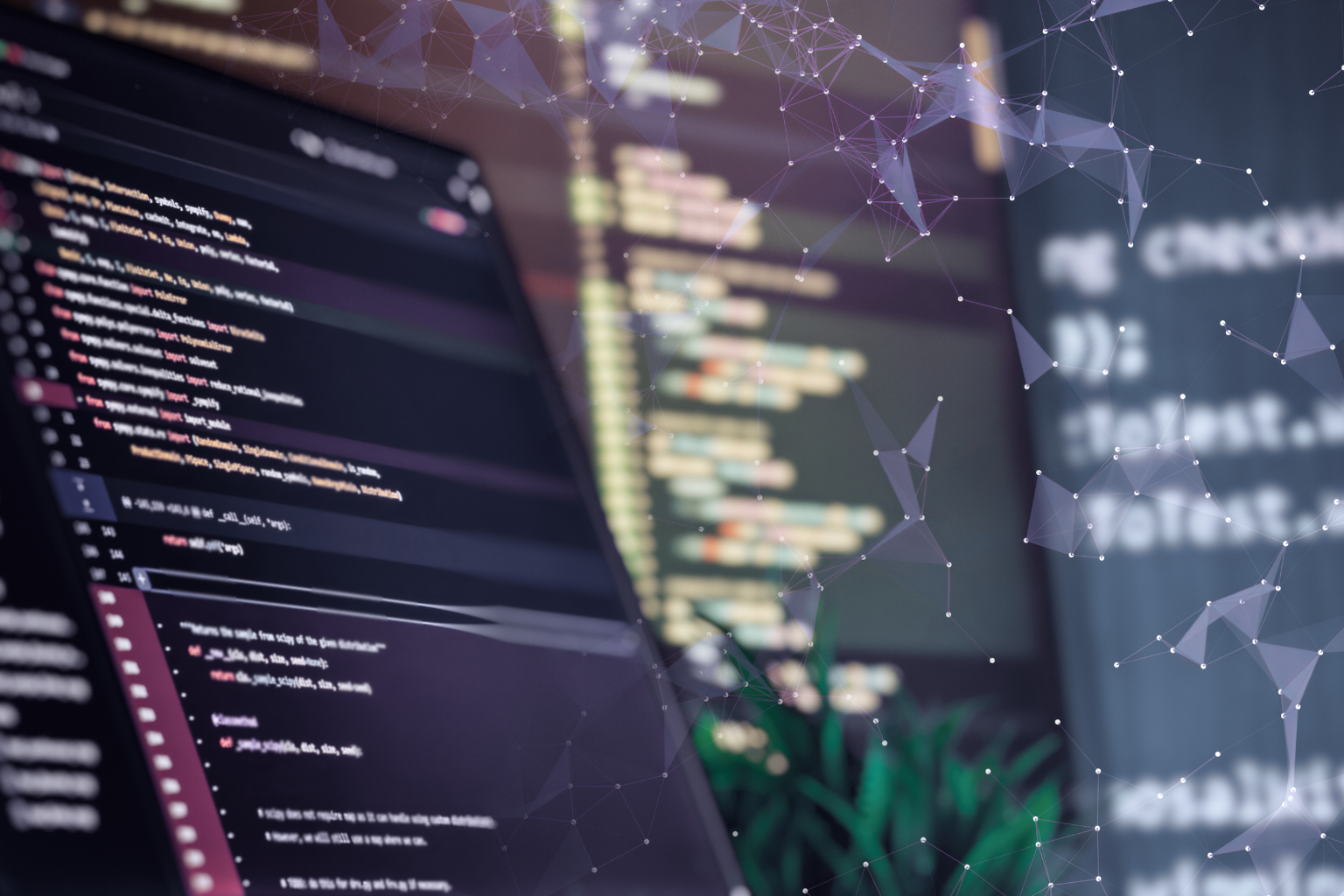The embedded systems world offers us a dynamic landscape where development teams, driven by the rapid rise of new technologies and constrained by environmental requirements, face numerous challenges and opportunities.
Understanding the Challenges Facing Embedded Systems Today
A Cross-Industry Perspective on Embedded Development
To better understand these, we interviewed several stakeholders from industries that go far beyond software alone. The experts we spoke with came from diverse sectors: banking, healthcare, industry, automotive, defense, robotics… Each shared a perspective on embedded systems that was both common and yet unique and specific to their field.
This qualitative analysis of conversations with embedded sector professionals highlights significant trends and recurring challenges, allowing us to envision the future this domain holds.
The first theme in this series explores the constraints most strongly felt in embedded projects and opens the discussion on the rise of Artificial Intelligence (AI) and AI-based tools, which are increasingly taking center stage and challenging embedded systems professions.
Why AI and Sustainability Are Redefining the Sector
The arrival of AI and the impact of digital technology on the environment are two hot topics today, raising many questions about how AI-based tools should be used and integrated into embedded projects. To address this, we asked the following question to the experts we interviewed:
How do you perceive the arrival of AI and AI-based tools in embedded systems professions?
Integrating AI into Embedded Projects: Why Many Say “No”
The arrival and development of AI in embedded professions is not viewed positively by the majority of respondents. 47% of those interviewed do not use AI-based tools and outright refuse to consider them.
Lack of Trust and Transparency in AI Recommendations
The main reason cited is the lack of information and hindsight about the real usefulness of these tools. Respondents reported that the recommendations provided by AI tools are often unclear or imprecise, making them hard to trust. Some even mentioned they had no visibility at all into “what’s behind these tools.”
Importantly, this conclusion comes even after many respondents tested AI tools themselves. When possible, most of them experimented with these tools on embedded projects. For example, ChatGPT was tested to write a standard algorithm. The conclusion? The tool failed. Results were generally disappointing — even catastrophic in some cases.
It was also tested for generating unit tests. While the tool was able to generate functioning code, a developer still had to check it carefully. This confirmed a fundamental truth: embedded systems professions require real human expertise. Certain skills cannot be replaced by AI, especially in critical embedded projects such as aerospace, where trajectory optimization carries high-stakes impact.
Certification and Regulation Barriers (e.g., DO160)
Embedded projects also face strict regulatory constraints, such as DO160 certification, which qualifies equipment used in the aerospace industry and imposes limitations on AI tool usage. Some respondents expressed uncertainty about whether AI tools could ever comply with such standards.
Energy Efficiency Concerns and Sustainability Limits
Energy consumption was another concern. Many respondents see AI tools as resource-hungry — far more energy-intensive than traditional, leaner tools, which raises doubts about their relevance for embedded environments.
AI as a Competitive Advantage in the Ecological Transition
While some respondents remain categorically opposed to AI, others advocate for its use — some even stating it is “mandatory” to remain competitive (11% of respondents).
How Some Teams Use AI to Accelerate Development
In total, 23% of respondents reported using AI-based tools, primarily to address one major issue: software development time. Development teams are adopting AI not only to speed up coding but also to support post-development tasks such as bug fixing and code correction.
In some companies, management has begun to supervise the use of AI. In the cases cited, although no official approval was given, the principle was accepted: if AI tools help developers do their work more efficiently, they are welcome.
A Complement, Not a Replacement, for Embedded Engineers
Here, AI is viewed as an additional tool that accelerates development and allows engineers to focus on higher value-added tasks. Not a replacement, but a complement — with the potential to optimize code and open new development opportunities.

Coupling AI with Embedded Projects: A Divided Perspective
For some, the answer is not clear-cut. 29% of respondents do not currently use AI tools but remain interested in doing so.
Growing Curiosity and Training Needs
Some already feel the need, even expressing interest in training on the subject. While not yet integrated internally, they see AI tools as potentially valuable in software design, capable of improving development cycles and changing how teams work.
Certification and Adoption Barriers in Critical Systems
Others believe the need will emerge in the medium to long term. Interest exists, but adoption is delayed by complexity and by the difficulty of obtaining certifications in embedded environments.
The New Generation of AI-Savvy Embedded Developers
Younger generations of developers seem particularly drawn to integrating AI into their work, using tools like ChatGPT to learn C and C++ programming or to develop new functions. This raises new questions: how should companies train developers in AI tool usage while encouraging critical thinking?
Building a Performance-First Culture in Embedded Development
Want to contribute your insights?
This article is part of the series The Major Challenges of the Embedded Systems World. It is based on a qualitative analysis of interviews with embedded sector professionals. We thank them for sharing insights that help outline the specific trends and challenges facing the embedded world.


.svg)

.png)



.svg)